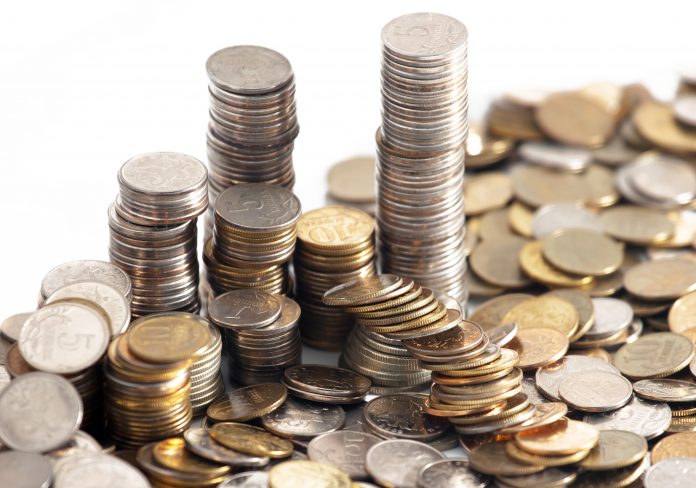Thailand is very popular amongst young people and backpackers alike because it is highly affordable. Additionally, because the island relies so heavily on tourism, they have ensured that the financial aspects are completely in order. The standard of living is affordable for those who wish to stay a bit longer and their currency exchange is very good. If you are on a budget, you should be able to live on some 600 baht per day, which equates to around $19. The only exception would be Bangkok, where the cost of living is a little bit higher. However, for these 600 baht, you should be able to afford local transport, basic food and a guest house accommodation. Naturally, most people who come to Thailand also want to experience more, such as all night drinking, diving, tourist attractions and long distance travel. In this case, you will need to budget for more than that. For around 1500 baht, or $46, you should be able to live very comfortably.
If you have just arrived in Thailand after a long flight, treat yourself to a night in a good quality hotel in Bangkok first. Similarly, if you have just been backpacking through the more remote parts of the country, Bangkok is a great place to “return to civilization.” When traveling around, if you want to keep the costs down, you should look for guesthouses, as these offer the best value. In terms of food, you will find the cheapest and tastiest meals in the markets. However, this will require you to understand a little bit of the local language and you will also be taking the risk of getting an upset stomach.
There are many ATMs across the country and this is the easiest way to get your hands on some baht. Make sure you bring some cash dollars as well, particularly if you need to do a border run. The Thai prefer the crisp, new notes. The bigger cities do accept credit cards, as do resort hotels, but don’t expect to be able to pay with a credit card in every restaurant or guesthouse.
Tipping
The Thai are not used to tipping, with one exception. If you have a large restaurant bill, it is customary to leave the loose change. The amount, however, varies. Some will gladly leave a 12 baht tip on a 488 baht meal that they paid for with a 500 baht note. However, this is not because they want to tip, but rather because they want to show that they are not greedy. Indeed, should the same bill have come to 491 baht, meaning the change would only be 9 baht, they would be more likely to take the change with them (change over 10 baht is generally left).
As westernization has hit Thailand, most eateries and restaurants will add a 10% service charge. Those restaurants that see a lot of foreign tourists now accept and even expect tips. However, if you travel to local places, this will not be the case at all.
The Baht – Thai Money
The baht is the basic currency of the kingdom. One baht equals 100 satang. There are both 25 and 50 satang pieces, as well as 1, 2, 5 and 10 baht coins. There are still some old coins in circulation, which only have Thai numerals on them. The newer coins have Arabic numerals on them as well. The 2 baht coin was first introduced in 2007, which looks confusingly similar to the 1 baht coin, so do watch out for this. It is unlikely that you will ever see a satang coin anywhere outside of a supermarket, because the prices are generally rounded upwards to the nearest baht.
Generally speaking, baht comes in paper form and there are notes for 20 (in green), 50 (in blue), 100 (in red), 500 (in purple) and 1000 (in beige) baht. You might still come across the old 10 baht bill, which was phased out for the coin some 20 years ago.
Currency Exchange
Generally speaking, you can exchange your currency at banks, although there are also some private moneychangers, albeit rarely. These tend to offer fair and good exchange rates. The local population prefers dollars, with a second favorite being the British Pound, followed by the Euro. If you want to cash a travelers’ check, you will have to pay both duty and commission on this. The Nation and the Bangkok post print that day’s exchange rate in their paper. Alternatively, you could walk into a bank and ask for their rate sheet. It is always a good idea to compare the two, although there is very little difference in general.











